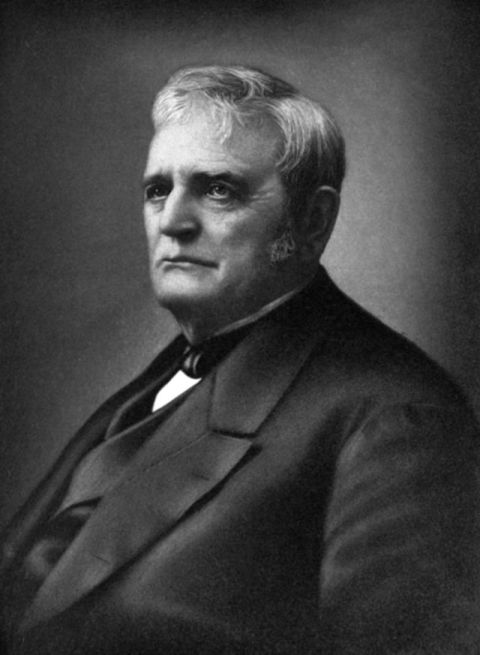Where Europe had to bypass its cities or allow them to be strangled by traffic, urban America was ready for the 20th century.
Once the cattle could be got to market efficiently, once the railroads were in place and scientific packing and refrigeration developed, beef from the American plains, of high quality and at low prices, was exported all over the world.
The benefits brought to the American farming community, to the American consumer, who got cheaper, more plentiful, and higher-quality food in consequence, and indeed to the overseas consumers too, were due above all to those who invented and marketed the new machinery. A list of American millionaires compiled in 1902 shows that a very large proportion of the new plutocracy, as its critics called it, were those who serviced the farming community, both ending the back-breaking labor of earlier days and bringing cheap food to everyone.
In Illinois, for instance, were Charles H. Deere and John Deere, who mass-manufactured modern plows, Edward Wells, the great hog-packer, and Philip Danforth Armour and his brother Herman Ossian Armour, whose work in meat-packing, refrigeration, canning, rapid transportation, and marketing - plus efficient use of waste-products - transformed the Chicago beef and pork industry.
McCormick was blessed more often by farmers for the inventions that made their lives a little easier than any other entrepreneur. All these men made fortunes in a highly competitive world, and all made impressive contributions to the transformation of farming lives and consumer budgets.
The United States was the wealthiest country in the world in terms of the living standards of most of its inhabitants.

